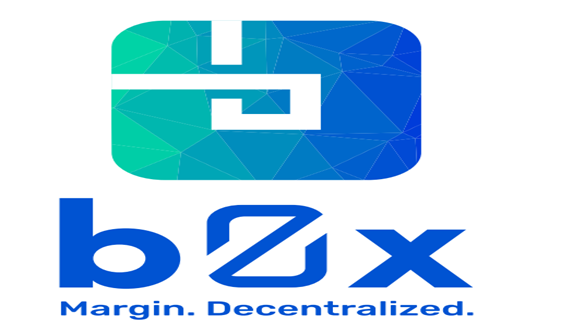
BZX is a decentralized protocol for shorting, leverage, lending, and borrowing. BZX improves upon the functionality of the 0x exchange protocol, adding new features like: margin trading, margin lending, and clearing houses. The protocol integrates relayers, DEXs, and Oracles to provide peer-to-peer trading/lending while retaining a user’s access to their funds and private keys.
The BZX protocol is being integrated into over 21 financial applications including: Defi Saver and Eidoo. Decentralized apps are being built covering a wide range of categories including: wallets, exchanges, rebalancers, asset management, interfaces, derivatives, tools for lenders and borrowers, and analytics dashboards. The developers of BZX are also building their own lending tools for the BZX protocol including: Torque and Fulcrum.
The protocol provides borrowers with a fixed interest loan, while most decentralized lenders offer a rate that varies over time. The fixed rate a borrower receives varies based on the utilization percentage of BZX’s Ethereum reserves. Interest rates will change depending on the supply and demand in the market. The BZX team targets an 80% utilization rate of Eth reserves. Once the reserves approach 90% utilization or higher, the interest rate will increase rapidly, up to 30% – 40% or even more. This helps to maintain the proper rate of supply and demand in the market.
Why is Decentralized Margin Trading Better?
The BZX protocol allows users to do leveraged trading directly within their wallet. This allows users to trade while keeping funds off centralized exchanges, exposing traders to less risk. This also gives them the ability to earn passive income by lending their funds to margin traders. This type of peer-to-peer lending offers a much higher rate of return than a traditional money market account. Funds will automatically be loaned out to a lending pool from within their wallet, creating an income stream for the user.
The margin positions of the protocol are tokenized. This means that a user can buy a token which represents a short or long position. A pToken (p = position) is used to represent short or long positions. The value of this token fluctuates based on the gains or losses of the position. This simplifies the process of margin trading, even allowing the tokens to be traded on the open market.
Below is a video showing the Torque margin lending platform, which integrates the BZX protocol.
Decentralized Exchange Liquidity
Two issues that plague many decentralized exchanges are low liquidity and large spreads. Low liquidity means there are a low amount of users wanting to trade on the exchange. This results is larger spreads, or gaps in price between buyers and sellers.
BZX provides universal liquidity, letting users access many decentralized exchanges to allow for higher volume, lower spreads, and a much better user experience.
BZX token economics
The BZX protocol uses 4 tokens in its margin lending system. They include the BZRX token, iTokens (i=interest), pTokens (p=position),, and the SUGR token
BZRX Token – this token is used to pay relay fees on margin trading, but will soon be used for governance. What governance entails for the BZX protocol, is vague at the moment. One proposal would see BZRX holders vote on interest rate changes to an insurance fund.
ITokens – iTokens are margin loan tokens, which represent the interest earned from margin lending on an ERC-20 assets to the pool. iTokens represent a share of a lending pool, which grows in value as borrowers pay interest. iTokens can be traded by holders, used as collateral for margin trading, or molded by developers into structured financial products.
pTokens – this token (p = position) allows users to buy exposure to a short or long position. For example a pLETH4x Token represents a 4x long ETH exposure. A pSETH4x token would represent a 4x short position on ETH.
SUGR – this token is used to pay bounty hunters that monitor the solvency of a margin account, as well as trading fees.
The future of the BZX Protocol
The goal of BZX is to deliver the best possible decentralized margin trading experience. The team is looking to further improving its charts, reducing latency, and improving liquidity by adding more exchanges. They are also looking into other interest rate models, like floating to fixed interest rate swaps.
The BZX protocol will integrated into more large projects this year. This includes the integration with Ethfinex, as well as Augur. Users will soon be able to do leveraged trading on Augur’s prediction markets and place decentralized margin trades on Ethfinex.